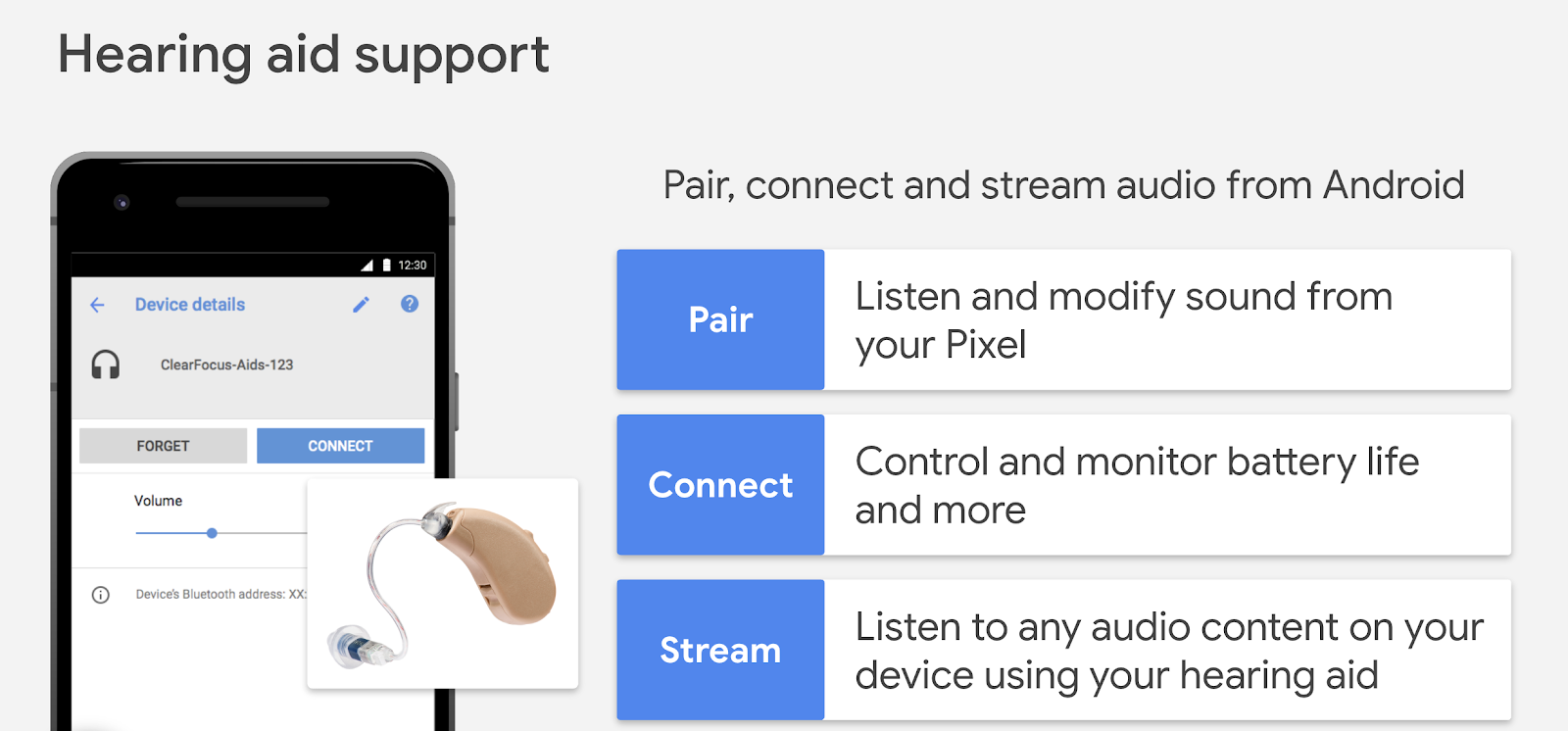
Although they're called hearing aids, they can sometimes be as much of a hindrance as a help. Catch an unfamiliar accent and the attention might be on just parsing the words, let alone moving the conversation forward. Apple is applying for a patent on a technique that would take the guesswork out of listening by smoothing out all the quirks. The proposed idea would convert speech to text and back, using the switch to remove any unusual pronunciation or too-quick talking before it reaches the listener's ear. Not surprisingly for a company that makes phones and tablets, the hearing aid wouldn't always have to do the heavy lifting, either: iOS devices could handle some of the on-the-fly conversion, and pre-recorded speech could receive advance treatment to speed up the process. We don't know if Apple plans to use its learning in any kind of shipping product, although it's undoubtedly been interested in the category before -- and its ambitions of having iPhone-optimized hearing aids could well get a lift from technology that promises real understanding, not just a boost in volume.
Filed under: Cellphones, Wearables
Apple seeks patent for hearing aids that deliver speech at an even keel originally appeared on Engadget on Thu, 23 Aug 2012 11:50:00 EDT. Please see our terms for use of feeds.
Permalink |
 USPTO
USPTO |
Email this |
Comments
 Accessibility is a critical consideration for manufacturers when they're building devices. Around 466 million people have disabling hearing loss, according to the World Health Organization, and that number is projected to grow to 900 million by 2050....
Accessibility is a critical consideration for manufacturers when they're building devices. Around 466 million people have disabling hearing loss, according to the World Health Organization, and that number is projected to grow to 900 million by 2050....
 Accessibility is a critical consideration for manufacturers when they're building devices. Around 466 million people have disabling hearing loss, according to the World Health Organization, and that number is projected to grow to 900 million by 2050....
Accessibility is a critical consideration for manufacturers when they're building devices. Around 466 million people have disabling hearing loss, according to the World Health Organization, and that number is projected to grow to 900 million by 2050....



